If you’ve been following this blog series, first of all ‘thank you!’ :-D, and second I’m guessing you were probably either new to planners or overwhelmed by them. Just when we thought technology would rule every part of our lives, it turns out some of us still prefer the simple process of putting ‘pen to paper’ everyday. 🙂
If you remember my first post of the Planner Overload series, there are definitely some ‘baby steps’ and habits you should establish when starting out with planners. This is essential to help you learn and understand what you need a planner to do for you before expanding your planner setup (read more about it here). Even the process of jumping into the world of flexible planners and all the options that come along with it, covered in this post, can quickly become a ‘runaway train’ so you still have to take things slow. That said, I highly recommend you read the previous posts first before jumping into this one so the ‘advanced planner setup’ types make more sense.
Unfortunately, THIS is the level where some folks try to start their planner journey because they’re enticed by all the beautifully styled pictures posted on blogs and social media but it’s also where they quickly become overwhelmed and eventually give up their attempt to use a planner. Assuming you’ve reached this level naturally and have determined your ‘planner fundamentals’, what’s next? I believe that at this ‘advanced’ level, planner users end up choosing a specific approach driven by their primary motivation. The three approaches I’ve consistently seen, I’ll refer to as ‘functional planners’, ‘pretty planners’, and ‘creative planners’. I will provide a brief explanation of each one in this post however, if you’d like me to elaborate on the tips and techniques for each approach, let me know in the comments. I’ll start with the first type, functional planners, using myself as an example.
As a long time planner user from back in the days of Daytimers and Franklin Covey systems and formal black or brown binder options, my primary motivation is ‘function’. What that means is I’m more concerned about how effective my planner is in tracking all the areas of my life–family, personal, work, and blog–or to put it another way, ‘function over aesthetics’. I’ve used numerous planners over the past two decades and have configured my ‘advanced planner setup’ using two common methods: preprinted pages designed for a specific purpose (some of my favorites are shown below) and using more than one planner (4 in total–one for work, home, blog, and personal on-the-go; it sounds like a lot but it’s really not because each area is managed separately with no cross-over).
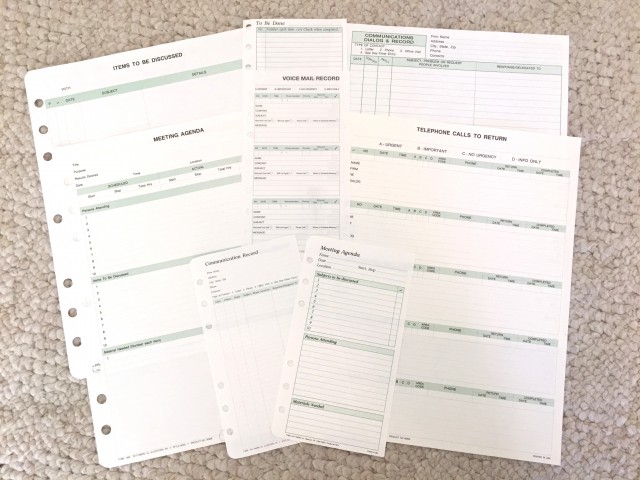
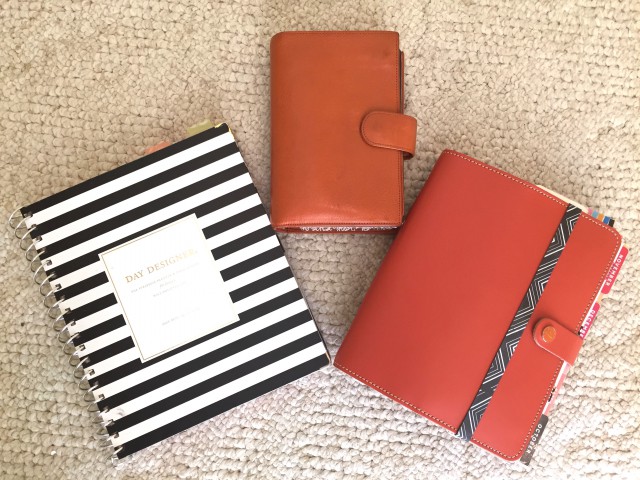

In contrast, there has been a major shift in the planner community over the last 10 years where the planner and scrapbooking worlds have somewhat merged. The result is an increase of planner users who plan in a ‘memory keeping style’ to enhance their planner pages visually using stickers, stamps, washi tape, ephemra, etc. The result is known as ‘pretty planning’ with ‘function’ (secondary) carefully integrated throughout.
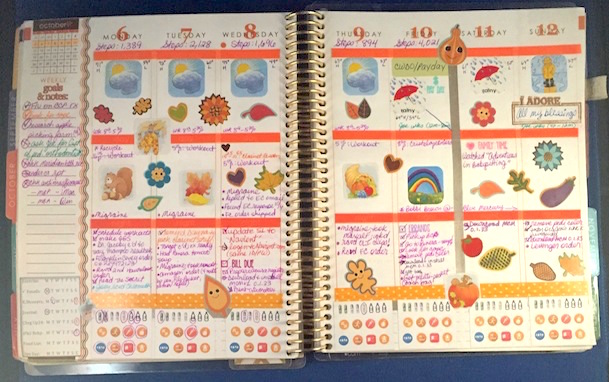
Lastly, there is the creative approach where a planner user takes things a step further and designs their own page layouts, stickers, templates, and dividers customized to their exact specifications using design software. In the ‘pretty planning’ picture above, I designed the stickers in the bottom left corner as well as the ones along the bottom of each day to track my daily and weekly routines. In the pictures below, I designed my own weekly page layout and planner dividers.
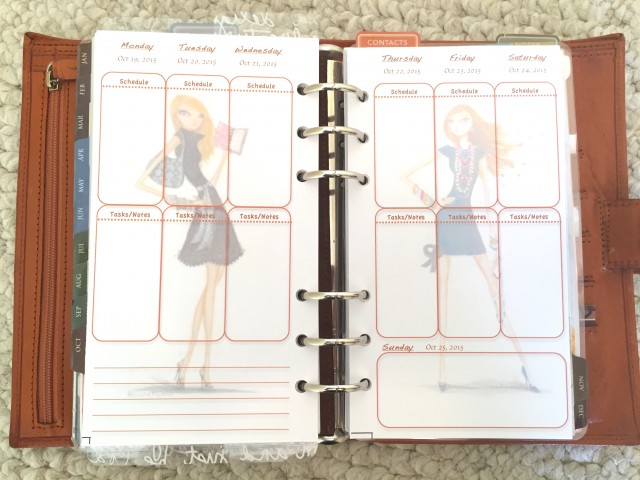
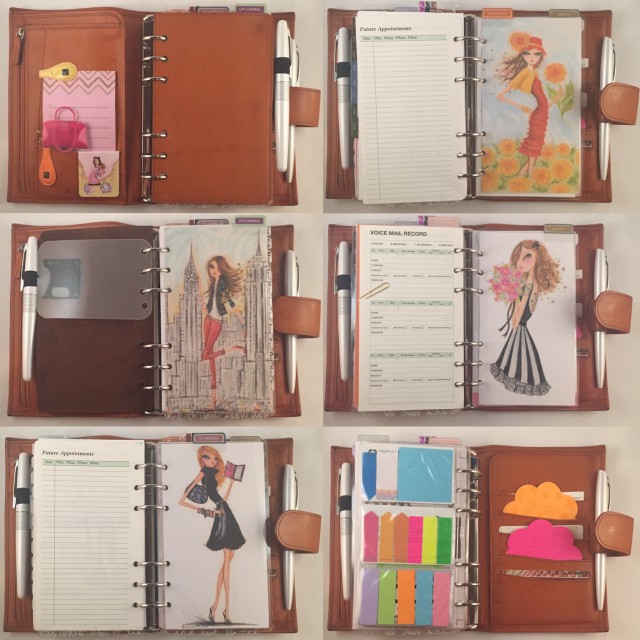
To summarize, an ‘advanced planner setup’ can involve using a variety of tools to increase your productivity that is driven by your primary motivation. If your priority is ‘function’, check out the assortment of preprinted pages available on the market to track specific information or setup more than one planner and designate each one to a specific area of your life. If you’re more of a visual planner, put your scrapbooking skills to use and make your planner colorful, whimsical, and fun. If you’re more of the ‘hands-on’ creative type, try designing your own page inserts, stickers, or dividers for a system that is truly unique. The bottom line: as long as you have the basics down pat, do whatever keeps you coming back to ‘write things down and look at it every day’!
Do you know your primary motivation for planning? Do you stick with one approach or blend two or even three together? Share in the comments below!

3 Comments on Planner Overload Series – Time to Up Your Game!